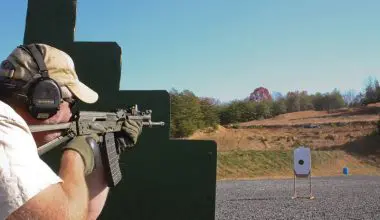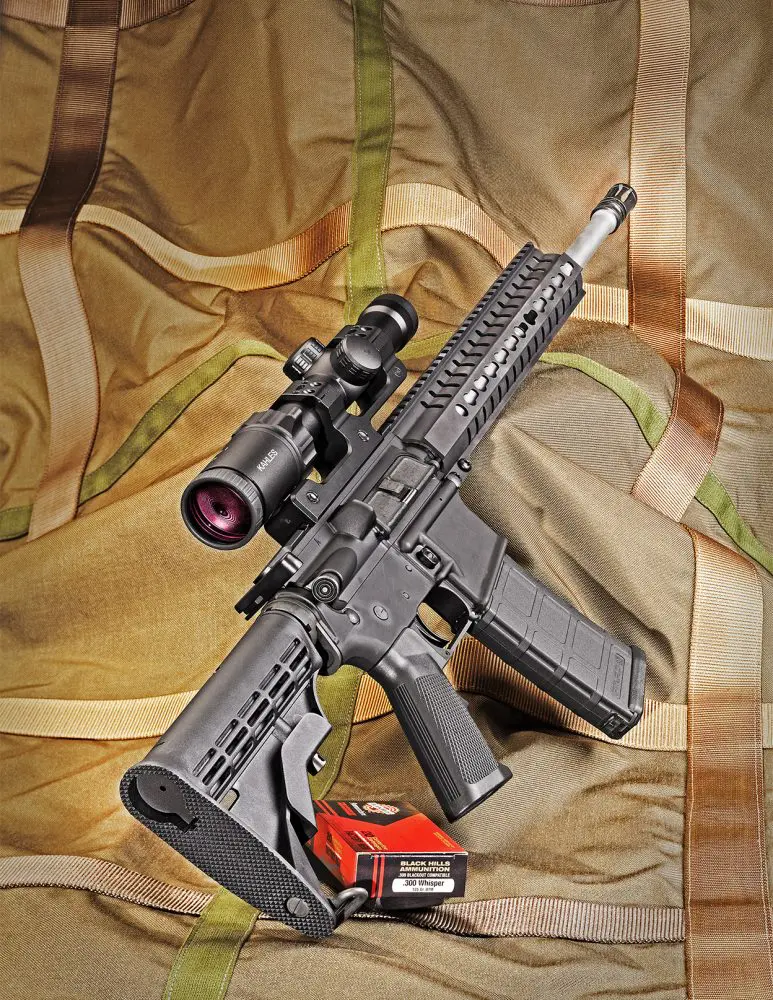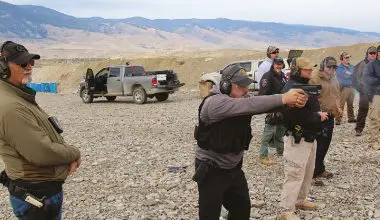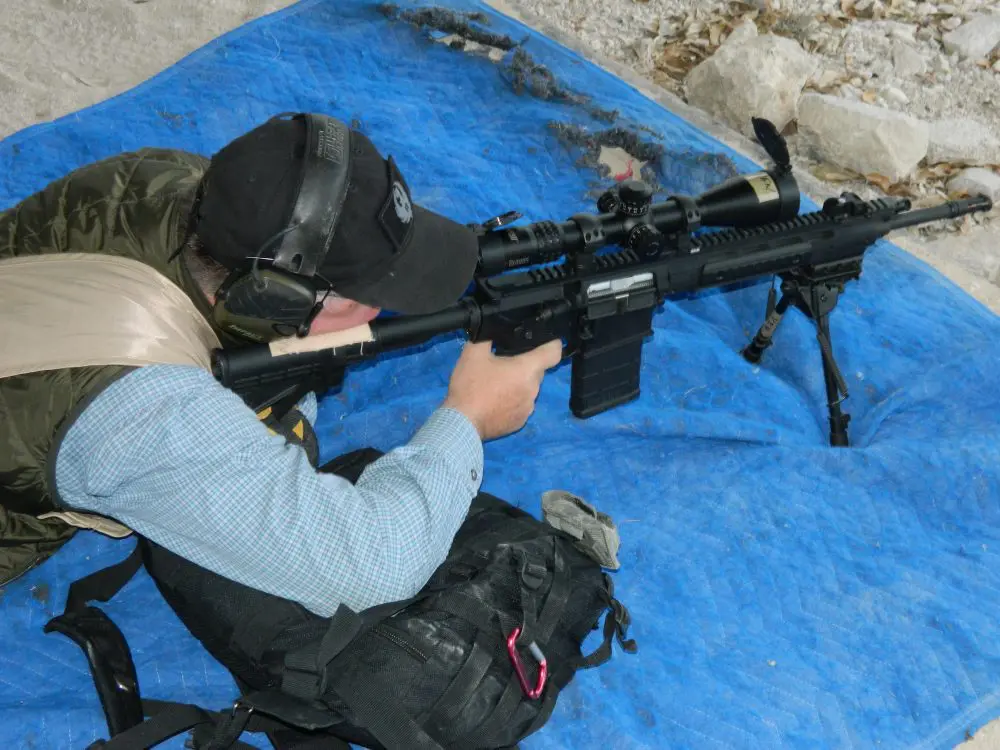Although personal camouflage uniforms are a standard item for military service members and many SWAT teams in America, not everyone has a tactical need for camouflage. In fact, many well-known camouflage patterns were selected primarily for service-branch identification purposes and standardization of a group uniform, not for actual camoufl aging capabilities.
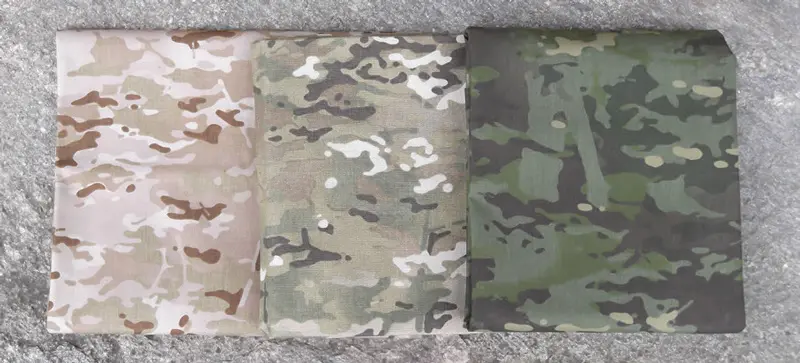
Few folks who wear a camouflage uniform for work get to pick the pattern they wear. Modern camouflage designs are driven by factors such as economics, marketing, fashion and cultivating a certain image. The purpose of this article is to review some of the newer options available on the open market, specifi cally patterns designed for visual concealment for tactical purposes.
The various industries supporting the tactical community have grown explosively in the last decade, and personal camouflage is no exception. While there were once a meager few camo patterns available to the public, today there are literally hundreds of patterns available for purchase. Consumer demand, a growing market, and new manufacturing technology are all coming together to make this happen.
Many readers have the discretion within their jobs to select their own camo attire, so I will highlight a few of the newer patterns on the market and put them into some context. To keep things brief, I will use broad brush strokes and remind readers that camouflage is a very subjective topic. Many patterns with interesting (and often debated) histories exist, and everyone has varying degrees of opinion, some of which might be based on personal experience. Your mileage may vary.
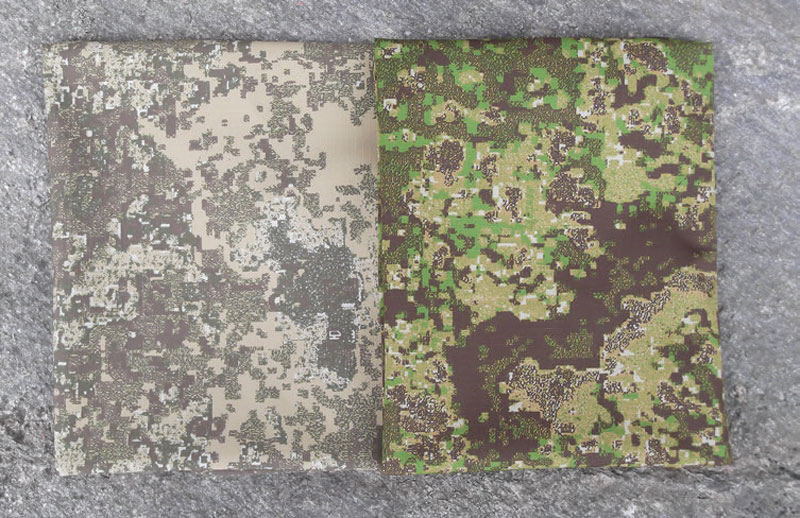
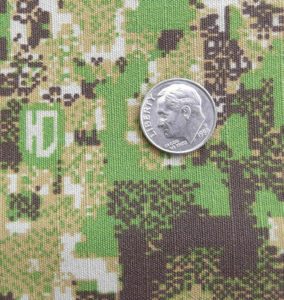
Table of Contents
PIXELS ARE POPULAR
Pixilated camo (often referred to as “digital” or “digicam”) has become a standard among modern armies of the world. Whereas curved edges within patterns were the norm for many years, now tiny square pixels, with their ability to create a fuzzy visual interpretation to the viewer, are common.
This started in 2002 when the Canadian military fielded its pixilated CADPAT pattern (and desert version). The Canadian CADPAT could be thought of as the turning point after which pixilated patterns became mainstream. Many modern patterns have copied key features of CADPAT, to the point where you can see identical clusters of pixels between the CADPAT and newer patterns, even though the colors might be diff erent.
Within a few years, the U.S. Marine Corps followed with MARPAT, which uses much of the same patterning and design, also with its own desert environment variant. These were measurable improvements over the patterns they were replacing.
In 2004 the U.S. Army tried to go with a general-purpose pattern, UCP (Universal Camouflage Pattern), which many (including the Army) regard as a failure.
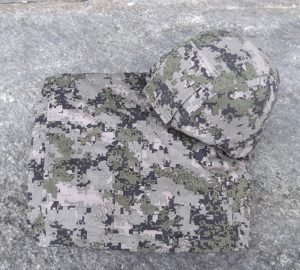
Along the way, other patterns were adopted by the various service branches (e.g., Navy NWU, Air Force ABU), but these were designed primarily as recognizable uniforms and not as concealment garments.
THE NVD ISSUE
Camouflage in the visible spectrum is only part of the camouflage equation on the modern battlefield. To be effective when being viewed with Night Vision Devices (NVDs), the fabric itself must utilize special dyes. The Near Infrared (NIR) spectrum is visible through modern infrared NVDs. Too much brightness in the NIR spectrum or not enough contrast within the colors of the pattern can seriously degrade the eff ectiveness of the camo when viewed with modern night-vision electronics.
Newer NVDs can also work in the Short Wave Infrared (SWIR) spectrum, adding another wrinkle to the mix. Chances are that if you have an operational need for this kind of camo, you probably receive it as an issued item. NATO has compliance standards for NIR fabric treatments, and manufacturers who have it usually display the fact prominently. These dye treatments also drive up the cost of the fabric, so those without the NIR treatment are typically cheaper.
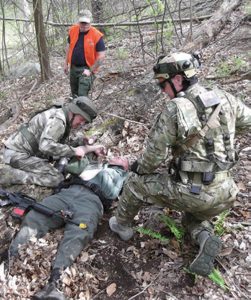
MULTICAM: A BENCHMARK
First appearing in 2002, MultiCam has enjoyed considerable success on the commercial market as an eff ective multienvironment pattern. It was developed by Crye Precision in conjunction with U.S. Army Natick labs. Although not new, it makes a useful point of comparison. It is not a pixilated pattern. Many elite military units quickly adopted MultiCam and continue to use it today.
Such a generalized pattern is useful because on today’s battlefields, soldiers may go through wooded, arid and urban environments in a single mission. A pattern that works in all these areas may be a prudent fi t. One of MultiCam’s features is the color reflectivity built into fabrics licensed to use its pattern. Unlike its predecessors, it has the distinct ability to take on the color hues of its environment.
Cheap Chinese knockoff s of MultiCam might look nearly identical when viewed on a computer monitor, but they can’t hold a candle to the licensed products. Multi- Cam variations are now in use with the United Kingdom (Multi-Terrain Pattern) and Australia (Australian Multi- Cam Pattern).
As of this writing, MultiCam is in a back-and-forth relationship with the U.S. Army. Although it was initially declined for use, MultiCam was scheduled to replace the Army’s UCP, then it was not. In a fi eld of many patterns, MultiCam has always come out on top during Army camo testing programs, but whether the Army will adopt it or not is anyone’s guess. Either way, expect to see a lot more MultiCam in years to come.
A-TACS
The A- TACS™ pattern (Advanced Tactical Concealment System) by Digital Concealment Systems, LLC has also enjoyed commercial success, in Arid Urban (AU) and Forest Green (FG) colorations. The digital pixel size is tiny compared to other popular patterns, but the overall effect makes the fabric appear textured and dimensional.
A-TACS uses “micro through macro” patterns, that is, patterns within patterns. The idea is that when viewed at a distance, there is still a non-uniform coloration. There is no polarization, meaning no directional orientation. A-TACS patterns look distinctly different than other popular patterns, which can be a useful trait when it comes to unit identifi cation. I have often heard folks describe it as looking “organic” or “grungy”— compliments for any camouflage being used in the field and not the garrison.
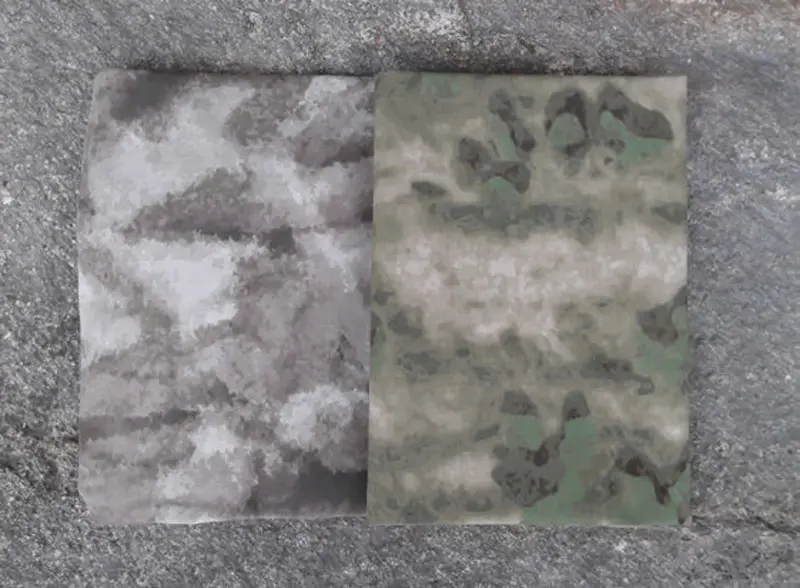
PENCOTT
The British company Hyde Defi nition took a somewhat different approach in designing their PenCott™ camo pattern. They designed based on what they thought the end users would need the most—concealment in more open ground. With infantry patrolling along roadsides, they reasoned that personal camouflage for this common openspace operating environment would be most useful.
They believed most Western camo patterns, which were designed for a woodland environment, are too dark to be efective in open areas. The PenCott pattern, available in several colorations, features micro, midi and macro patterns (patterns within patterns) and has a very high degree of detail. Although there are only four colors printed into the fabric, the intermingling of pixels in diff erent densities creates an appearance of many more shades of colors.
The overall effect is a very earthy, organic pattern. While conducting camoufl age and concealment observation training exercises in the field, I have noted that many participants mentioned the PenCott patterns were difficult to focus on, even when using spotting scopes.
ALL TERRAIN TIGER
This is not a pixilated pattern. It features colors similar to MultiCam and is an updated version of the classic Vietnam-War era tiger stripe camo pattern. It is a polarized pattern, meaning there is a defi nite linear alignment of the stripes. In clothing, the stripes are horizontally oriented, which helps break up the general vertical shape of the wearer. Th e pattern has considerable detail and background colors that fade into each other. When viewed at a distance, there appears to be no macro-pattern.
It was recently offered to the U.S. Air Force as an upgrade. Overall, it offers an alternative to pricier multienvironment patterns for those not requiring certified IR fabric dyes.
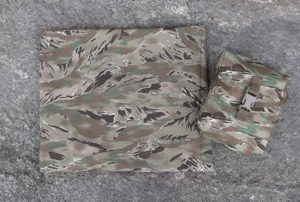
DECEPTEX
Another new benefi t of modern technology is the ability of certain manufacturers to produce small runs of patterns and products on demand. The Deceptex “print on order” camo system by the Canadian fi rm HyperStealth Biotechnology Corp. has made a vast array of camo patterns available to the public. HyperStealth is a heavy hitter in the global camouflage industry, with over 10,000 patterns under international copyright. They have supplied over 3,000,000 uniforms to militaries, and 3,000+ military vehicles use their patterns.
They produce patterns for large military and commercial hardware as well as uniforms for our allies and SPECOPS units. Service members deployed in Afghanistan may recognize HyperStealth’s “Afghan Forest” pattern in use by the Afghan National Army (ANA). Notably, the ANA selected this pattern for night combat, as they were primarily conducting night missions, whereas coalition forces were running daytime missions. The ANA wanted something with better nighttime concealment as well as a distinctly diff erent look from coalition forces.
On another interesting note, HyperStealth’s President/CEO Guy Cramer has a hand in designing camoufl age for the American military. He has been part of a two-man partnership (independent of Hyper- Stealth) contracted to the U.S. military since 2004. A product of this partnership is the USMC “Disruptive Overwhite” (Snow Camouflage), which began being issued in 2007. He also works with recently retired sniper instructors from the U.S. Navy SEALs and USMC on camouflage projects.
Overall, HyperStealth products are developed with hard science and more than a decade of experience on the global scale. For the individual user, their “print on order” service is promising. Expect to see a lot more of their patterns in the future.
GET REAL
While its very tempting to form opinions about camouflage patterns while viewing a monitor, it is also misleading because it seldom shows the true colorations and optical eff ects as seen in the fi eld. Many product images are shot under fluorescent lights, not natural light. To get a feel for how they look, you must see them in the field under a variety of lighting conditions and distances.
Evaluate whether a multi-environment or terrain-specific pattern would better suit your needs. If you are concealing against an optically aided adversary (e.g., a sentry guarding a rural drug farm), you might choose to have a grab-bag of camo clothing options to choose from. Do your homework and test samples in the fi eld when you can. Spending the time to compare patterns in your area of operations will be time well spent.
Two other modern patterns not reviewed here but easily researched online are SURPAT by Survival Corps, and Highlander by Kryptek Outdoor Group.
SUMMARY
Almost all patterns appear as a grayish blob when viewed with the unaided eye past a few hundred yards. So the differences between patterns are often functionally nonexistent except at closer distances.
I get to view many patterns in the field, under varied conditions, usually involving snipers trying to detect one another during different force-on-force training events. Most folks have considerable difficulty identifying even wellknown camo patterns in field conditions, so again, most patterns are functionally interchangeable to some degree. But if you have a tactical need for personal camo and you can choose what to wear, it only makes sense to apply some thought to your selections.
By itself, camouflage is no substitute for good tactics and fieldcraft, but it is still a factor on modern battlefields and in rural spaces where gunmen roam.
